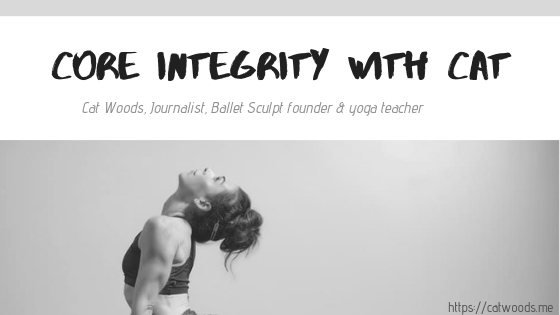This is all a lead-in to the main issue I'm concerned about. I have a tendency to get tight through the IT Band and I have seen many runners have issues that stem from overuse and stress on the IT Band.
Your ITB (Iliolotal Band) is a bunch of fibres that enable your hip to move away from the centre of your body - or lifting the leg out to the side from the hip. It connects to a small muscle near your knee and also to your glutes - basically, stretching down the outside of the upper leg.
The most common cause of problems and pain is having a lazy glute medius. If it is weak, just like a lazy person would, it throws the task over to another area - one that isn't equipped to take on the load though. In this case, the compensatory action causes inflammation, pain and a feeling of "tightness".
Don't self-diagnose however - DO go and see a physiotherapist or sports doctor if you are concerned.
Nick Seller is a Sports Therapist and Remedial Massage Therapist at Balanced Bodies. I asked him for the most common factors that lead to ITB issues and also for his methods of treatment.
"Factors that can cause the ITB to be sore include not doing a proper warm up/cool down before exercise, excessive hill running, having a really high arch in the foot or a really low arch in the foot.
When I treat someone for the first time that has ITB pain, my first two questions are, do you sit for longer periods with your legs crossed in front of the TV or at the desk at work? And, do you run on footpaths a lot?"
Guilty.
"When we have our legs crossed for long periods of time our ITB is doing lots of work stabilising the knee," Nick explained. "If we make the ITB do this for long periods of time we tend to stress it out, as it has to be activated for long periods of time. If we cross our legs for 2 hours at a time, 7 days a week, already just in one week the ITB is doing 14 more hours of strenuous work."
So the strenuous work has taken it's toll...time to hit the massage bed, right?
"A remedial massage therapist will help relieve the pressure on the ITB using some of the following techniques; massage, cupping and, if qualified, dry needling.
Be aware these techniques mightn’t completely fix the problem on the first treatment - we aren’t magicians! But it will help start to alleviate the pain and get you back on track to being pain free.
Your massage therapist will also have a look at the non painful ITB and the surrounding muscles, such as the quads, hamstrings and glutes, to see if they are tight as well. By loosening off these muscles too, it will ensure the next time you go for a run you don’t have a lopsided feel, and it may be that the other tight muscles are the cause of the problem!"
Be smart - strengthen your glutes with targeted workouts (hello, Pilates!) and be aware of the habits that you hadn't even thought might aggravate the pain and tension (UNCROSS YOUR LEGS!).
Next up in the Back To The Treadmill saga, I'm doing the big switcheroo from Nike to Mizuno runners. While my Nikes look fash-friendly, the Mizuno are high-tech, raved-about-by-runners, gear for performance. I have done my research, believe me.
Will I last longer than 10 minutes? It won't be for lack of preparation and performance gear!
Follow Balanced Bodies on Twitter
Check out Mizuno on Facebook





No comments:
Post a Comment
Go on, comment!